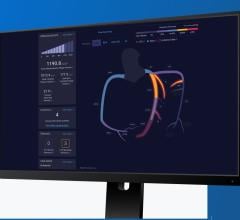
July 11, 2017 — iRhythm Technologies Inc. announced a collaboration with the Stanford Machine Learning Group that has resulted in the development of a deep learning algorithm capable of expert-level detection of 14 cardiac output classes, including 12 arrhythmias as well as sinus rhythm and noise from artifact. The collaboration leveraged the iRhythm data science and clinical teams’ expertise in electrocardiogram (ECG) analysis, as well as iRhythm’s expansive labeled electrocardiogram (ECG) dataset to produce an arrhythmia detection algorithm. The classifications include atrial fibrillation, atrial flutter, complete heart block, second degree AV block and ventricular tachycardia, among others.
Because deep learning models are dependent upon vast amounts of reliable data, iRhythm provided an annotated data set of about 30,000 unique patients, 500 times larger than standards-based databases utilized in previous studies. This enabled the Stanford researchers, in collaboration with iRhythm Machine Learning Specialist Masoumeh Haghpanahi, to develop the 34-layer convolutional neural network, comparable to artificial intelligence (AI) models used in computer vision and speech recognition.
Details about the algorithm have been published in a paper co-authored by Stanford and iRhythm researchers titled “Cardiologist-Level Arrhythmia Detection with Convolutional Neural Networks.”
For more information: www.irhythm.com


 April 22, 2025
April 22, 2025 








